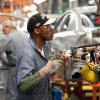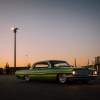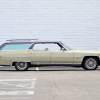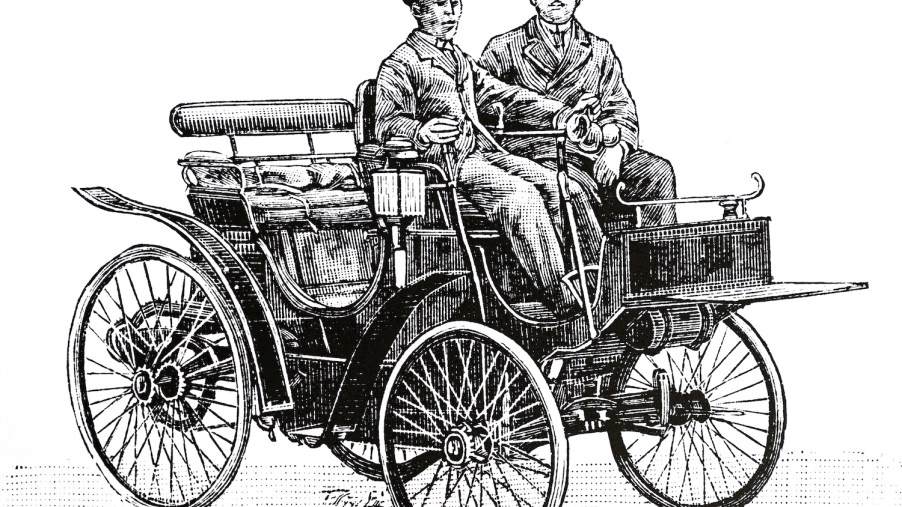
The Rowdy First Automobile Race Puts Modern Motorsports to Shame
You might think auto racing began in the 20th century, with the first events being relatively tame affairs. But you’d be wrong. The first known auto racing event was the 1894 Paris-Rouen competition. It included eight qualifying races over four days. It had entrants ranging from factory teams to homemade car enthusiasts to royalty, a massive audience turnout, and the winner was a steam-powered tractor.
Who organized the first auto race?
Back in 1894 newspapers were the largest media outlets around. Therefore, it’s no surprise that a daily Paris newspaper named Le Petit Journal put on the first ever motor race. The paper even bankrolled a 10,000 francs in prize money.
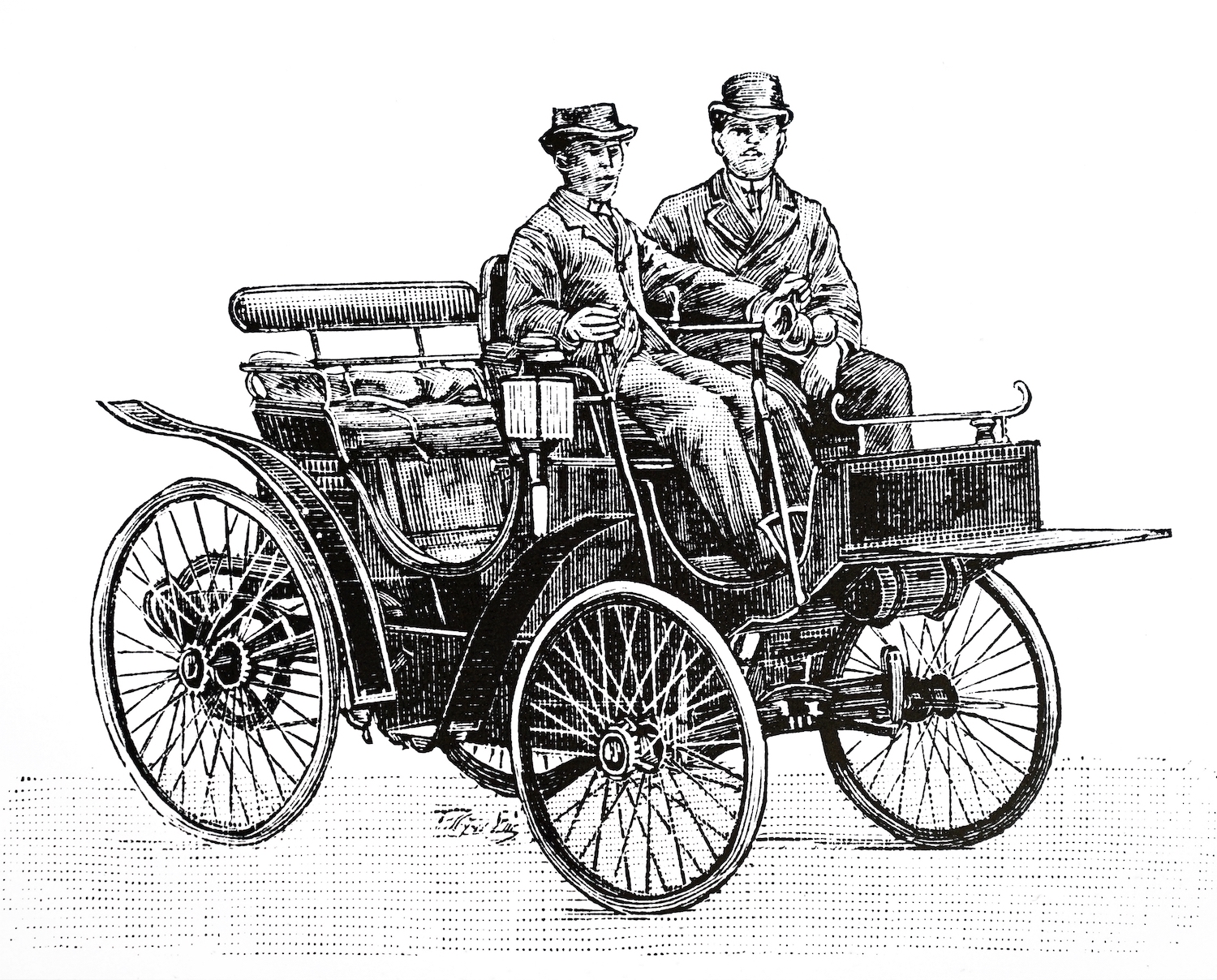
In the 1800s, it was common for newspapers to organize sporting events to advertise themselves and increase circulation. But in 1893, none of them had touched motorsports. It was editor Pierre Giffard who pioneered this idea.
Giffard announced his July 22nd motor race in December of ’93 listing three goals: increase public interest in motoring, showcase French manufacturing, and drum up support for his paper. You can still see Le Petit Journal‘s race announcement archived on Gallica.
A less public goal was proving that automobiles could be relatively easy to drive. For this reason, Giffard limited the prizes to vehicles that did not require a ride-along mechanic or excessive maintenance.
Who were the first racecar drivers?
By race day on July 22, 1894, over 100 hopefuls had entered Pierre Giffard’s Concours du ‘Petit Journal’ Les Voitures san Chevaux or “Horseless Carriage Contest” from Paris to Rouen. This eclectic crew of competitors would become the world’s first racecar drivers.
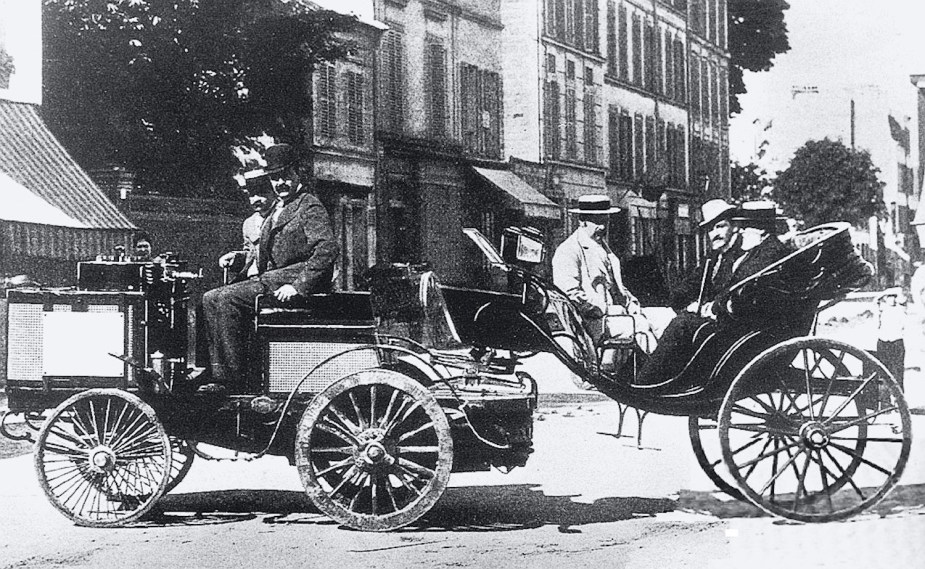
Entrants included teams tied to early automobile manufacturers such as “The sons of Peugeot” (Les fils de Peugeot frères), the Panhard et Levassor team, and the Serpollet team.
The Count de Dion, Jules-Albert, even showed up in a steam-powered horseless carriage–complete with trailer for his posse–he had custom-built. The Count, already a train manufacturer, was advertising his new steam tractor company: “de Dion-Bouton.”
The first race cars were true, horseless carriages. They featured spoked wheels, a high seat position, and the drivers used rudders to steer. Peugeot proudly rolled out its most advanced line of cars yet with its first air-filled rubber tires and a whopping three horsepower.
The Paris–Rouen Horseless Carriage Contest
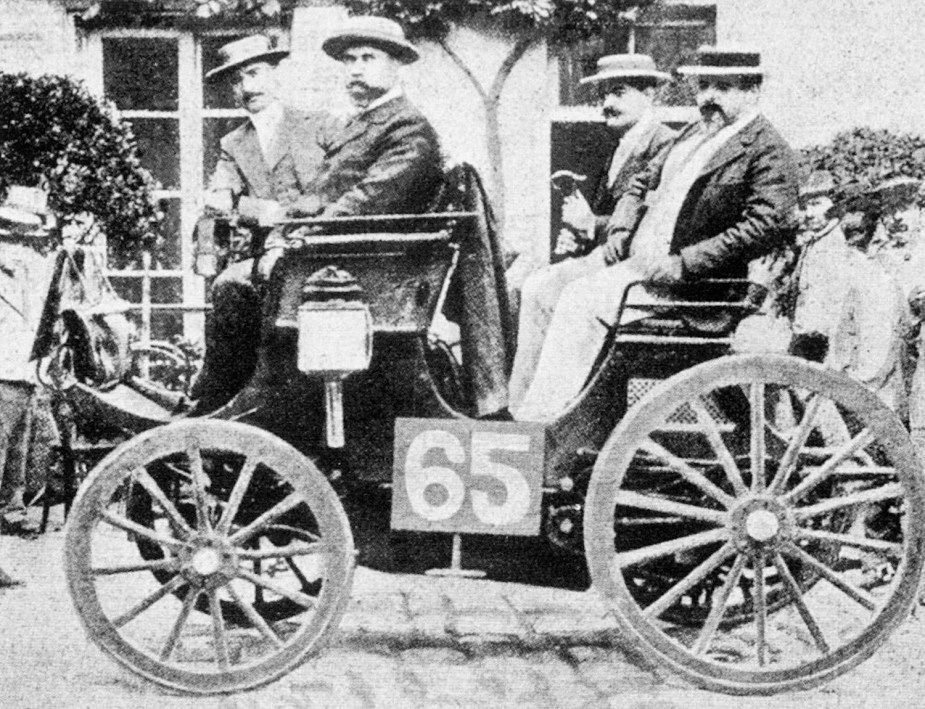
For maximum visibility, Giffard had organized four days of motorsporting events. This included exhibitions and parades of the entrants. This also included eight separate qualifying events. Most of the qualifying events were around Paris, so as buzz grew, they drew increasing crowds.
Seventy-eight of the entrants were a no-show. But the remaining 26 cars got the audience riled up aplenty. First, the cars all competed in a single race. Then they split into five groups to race smaller routes around Paris. In the end, 21 of the early automobiles qualified for the main event.
The 21 qualified cars raced out of a suburb of Paris named Porte Maillot at 8:00 AM on Sunday, July 22nd. They wove along the Seine river, towards the coast for four hours. Naturally, all the racers stopped for a leisurely lunch, from 12:00-1:30. Then they climbed back atop their horseless carriages and raced the rest of the way to the town of Rouen.
The first automobile to cover the 78 miles to Rouen was Count de Dion’s steam-powered tractor and trailer. With a time of 6 hours and 48 minutes, he averaged 12 mph. Hot on his heels was the Peugeot team, with Albert Lemaître coming in 3 mins and 30 seconds behind the Count. Auguste Doriot took third in a Peugeot as well. Half an hour later, Hippolyte Panhard himself claimed fourth.
But because Giffard wanted to show the people of France how easy and reliable automobiles were, the Count’s high-maintenance steam car (called a Stoker in French) was allowed to race but not take the prize. Therefore, the winner of the first internal combustion automobile race was technically Lemaître and Peugeot.
Next, learn more about the first car ever made or see it in action in the video below:
